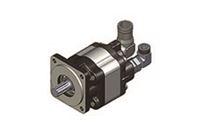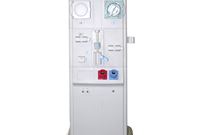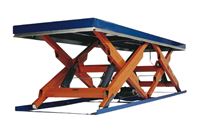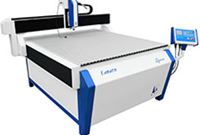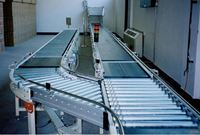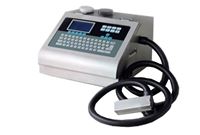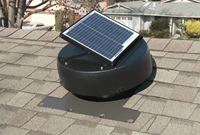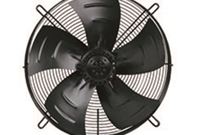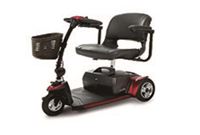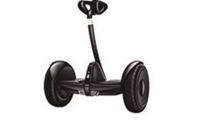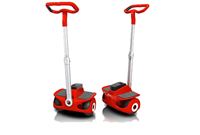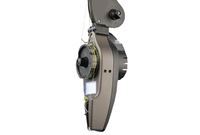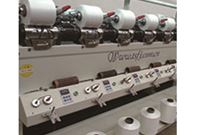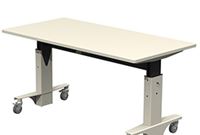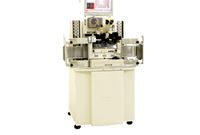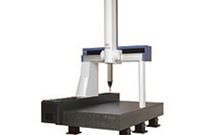- Q: How much torque safety margin should I use when sizing a stepper motor?
- A:
We recommend using a torque safety margin of 2 when sizing a stepper motor.
- Q: What is the difference between Unipolar and Bipolar motors?
- A:
A traditional unipolar wound motor has six lead wires. Each winding has a center tap. Unipolar wound motors are typically used in applications requiring high speed and high torque. A traditional bipolar wound motor has four lead wires. There is no center tap in each winding. Bipolar wound motors are typically used in applications requiring high torque at low speeds.
- Q: What is the difference between a closed loop stepper motor controller and an open loop stepper motor controller?
- A:
In an open loop stepper motor controller, there is no feedback going from the motor to the controller, so the controller cannot make any necessary adjustments. This type of controller is effective when the motor is bearing a constant load at a consistent speed, in which case few if any adjustments will ever be necessary. In applications with a variable load or speed, a closed loop motor controller, where feedback is sent back to the controller for adjustments, may be preferable. When an open loop controller is suitable, it is often preferable, in part because of its low cost and simplicity.
- Q: Can I run a traditional six leaded motor as a bipolar winding configuration (four lead wires)?
- A:
Yes. A six lead wire motor is able to run in a unipolar or bipolar winding configuration. You will see similar torque and speed output from a traditional a six lead wire motor run in a bipolar wound configuration as you would see from running a four lead wire motor.
- Q: My stepper motor is running hot to the touch. Is there something wrong?
- A:
Stepper motors are designed to run hot. Our Hybrid stepper motors are rated to run in an ambient temperature range of 20 degrees C to 50 degrees C and can have a temperature rise of 80 degrees C. It is common for stepper motors to run hot because they are often driven at a constant current.
- Q: When should I use microstepping?
- A:
Typically micro stepping is used in applications requiring the motor to operate at less than 700 PPS. At low pulse rates, traditional stepper motors run less smooth and often vibrate.
- Q: How much torque safety margin should I use when sizing a stepper motor?
- A:
We recommend using a torque safety margin of 2 when sizing a stepper motor.
